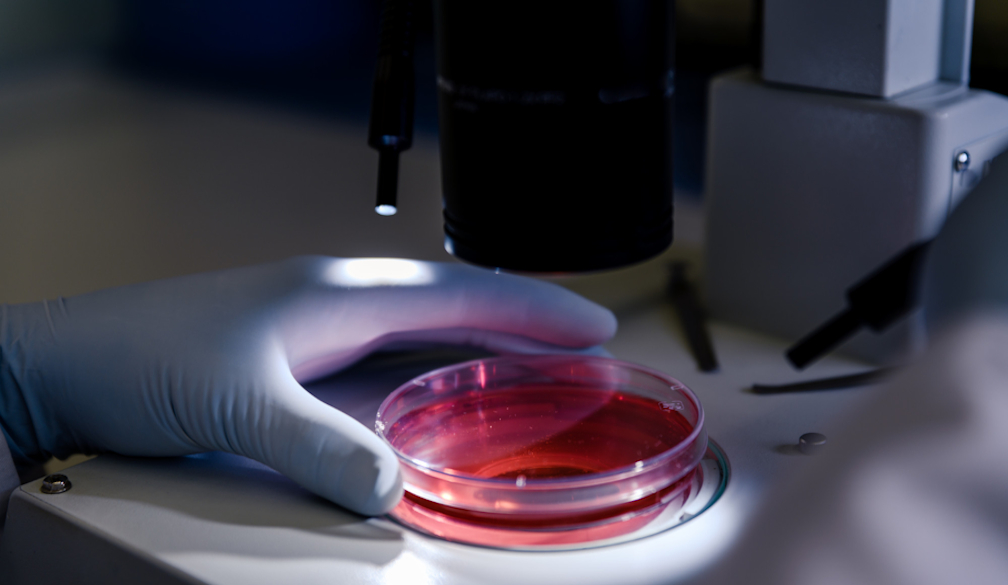The Role of Centrifuges in Medical Diagnostics

In the realm of modern medicine, where accuracy and speed are paramount, centrifuges stand as a vital piece of medical equipment, revolutionising the landscape of medical diagnostics. These powerful machines play a pivotal role in separating blood components, isolating pathogens, and facilitating a myriad of tests crucial for diagnosing diseases and monitoring patient health. In this article, we'll explore how centrifuges have become indispensable tools in the arsenal of the medical field, driving advancements in diagnostics and patient care.
How centrifuges work
At the heart of medical diagnostics lies the need for precise and efficient separation of blood components. Centrifuges accomplish this task with remarkable efficacy, leveraging the principles of centrifugal force to separate blood into its constituent parts: plasma, red blood cells, and platelets. This process, known as centrifugation, enables clinicians to access vital information contained within these components, ranging from biomarkers indicative of disease to cellular abnormalities.
Applications of Centrifuges
The use of centrifuges in blood testing
One of the primary applications of centrifuges in medical diagnostics is blood testing. By spinning blood samples at high speeds, centrifuges swiftly separate plasma or serum from cellular components, allowing for the analysis of various biomarkers, including glucose levels, lipid profiles, and markers of inflammation. These tests are essential for diagnosing conditions such as diabetes, cardiovascular disease, and autoimmune disorders, empowering healthcare providers to tailor treatment plans to individual patients' needs.
The use of centrifuges in diagnosis
Beyond routine blood tests, centrifuges play a crucial role in specialised diagnostic procedures. For example, in the detection of infectious diseases, centrifugation is used to concentrate pathogens from clinical samples, enhancing the sensitivity of diagnostic tests such as polymerase chain reaction (PCR) and antigen detection assays. This enables rapid and accurate identification of pathogens, from viruses like HIV and hepatitis to bacteria such as tuberculosis and MRSA, facilitating timely intervention and infection control measures.
The use of centrifuges in haematology
Centrifuges also find utility in the field of haematology, where they aid in the analysis of blood cell morphology and composition. By centrifuging blood samples, haematologists can separate red blood cells, white blood cells, and platelets, allowing for the enumeration of cell counts, assessment of cell morphology, and detection of abnormalities such as anaemia, leukaemia, and thrombocytopenia. This information is instrumental in diagnosing blood disorders and monitoring the effectiveness of treatments such as chemotherapy and bone marrow transplantation.
The use of centrifuges in procedures
In addition to their diagnostic capabilities, centrifuges play a critical role in interventions such as blood transfusions. Blood banks rely on centrifugation to separate whole blood into its components—red blood cells, platelets, and plasma—enabling the safe and efficient collection, storage, and transfusion of blood products to patients in need. Moreover, centrifuges are employed in procedures such as platelet-rich plasma therapy, where concentrated platelets obtained through centrifugation are used to promote tissue regeneration and wound healing.
Centrifuges keep the industry moving
The evolution of centrifuge technology continues to drive innovation in medical diagnostics, with advancements aimed at enhancing efficiency, scalability, and accessibility. Mini centrifuges offer portable solutions for point-of-care testing in resource-limited settings, while high-speed ultracentrifuges enable the isolation of exosomes and other extracellular vesicles for biomarker discovery and personalised medicine.
In conclusion, the role of centrifuges in medical diagnostics cannot be overstated. These versatile machines serve as the cornerstone of laboratory medicine, enabling clinicians to unlock vital information from biological samples with precision and efficiency. As healthcare continues to evolve, centrifuges will remain indispensable tools, empowering medical professionals to diagnose diseases early, tailor treatments to individual patients, and ultimately improve patient outcomes.







